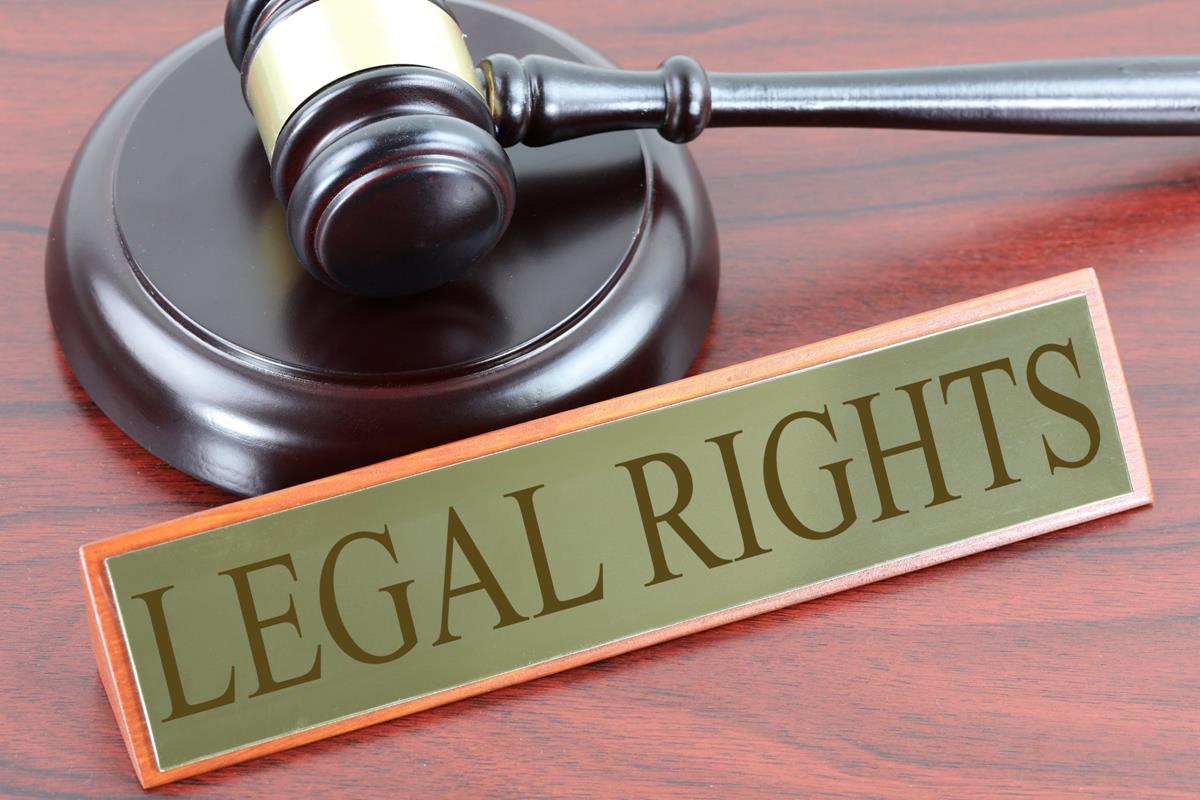WRIT PETITION (WP)
What is Writ?
Writs are a written order from Supreme Court or High Court that commands constitutional remedies for Indian Citizens against the violation of their fundamental rights.
A writ petition can be filed in the High Court (Article 226) or the Supreme Court (Article 32) of India when any of your fundamental rights are violated. The jurisdiction with the High Courts (Article 226) with regards to a writ petition is wider and extends to constitutional rights too.
The writs- Habeas Corpus, Mandamus, Certiorari, Quo Warranto and Prohibition
Types of Writs
Habeas Corpus (HCP)
- A petition for personal liberty or release from detention can be filed by an Individual through a petition of Habeas Corpus which means ‘to have control of body’. On receipt of the petition against the order of the lower court or the individual under which the person is or being detained, the court can issue a direction of release.
- For instance, a writ petition of Habeas Corpus for release of any person can be made if he is to be placed before the magistrate within 24 hours or if he is arrested for no reason or the reason for his arrest is unjustifiable.
- If a person has been illegally detained, he himself, a friend or even a relative can file a writ of Habeas Corpus.
- Habeas Corpus can not be issued in the following cases
- When detention is lawful
- When the proceeding is for contempt of a legislature or a court
- Detention is by a competent court
- Detention is outside the jurisdiction of the court
- When detention is lawful
- When the proceeding is for contempt of a legislature or a court
- Detention is by a competent court
- Detention is outside the jurisdiction of the court
Mandamus
- Mandamus means we command.A writ of Mandamus is issued by a higher court to a lower court, tribunal or a public authority to perform an act which such a lower court is bound to perform. If a public official is not performing his duty, the court can order it or him/her to do that.
- Unlike Habeas Corpus, Mandamus cannot be issued against a private individual
- Mandamus can not be issued in the following cases:
- To enforce departmental instruction that does not possess statutory force
- To order someone to work when the kind of work is discretionary and not mandatory
- To enforce a contractual obligation
- Mandamus can’t be issued against Indian President or State Governors
- Against the chief justice of a high court acting in a judicial capacity
Prohibition
- The literal meaning of ‘Prohibition’ is ‘To forbid.’ A court which is higher in position issues Prohibition writ against a court which is lower in position to prevent the latter from exceeding its jurisdiction or usurping a jurisdiction that it does not possess. It directs inactivity.
- Writ of Prohibition can only be issued against judicial and quasi-judicial authorities.
- It can’t be issued against administrative authorities, legislative bodies, and private individuals or bodies.
Certiorari
- The literal meaning of the writ of ‘Certiorari’ is ‘To be certified’ or ‘To be informed.’ This writ is against issued by a court higher in authority to a lower court or tribunal ordering them either to transfer a case pending with them to itself or to squash their order in a case.
- It is issued on the grounds of an excess of jurisdiction or lack of jurisdiction or error of law.
- It not only prevents but also cures for the mistakes in the judiciary.
- It cannot be issued against legislative bodies and private individuals or bodies.
Quo-Warranto
- The writ of ‘Quo-Warranto’ is ‘By what authority or warrant.’Court issue this writ to prevent illegal usurpation of a public office by a person. Through this writ, the court enquires into the legality of a claim of a person to a public office.
- Quo-Warranto can be issued only when the substantive public office of a permanent character created by a statute or by the Constitution is involved
- It can’t be issued against private or ministerial office




















